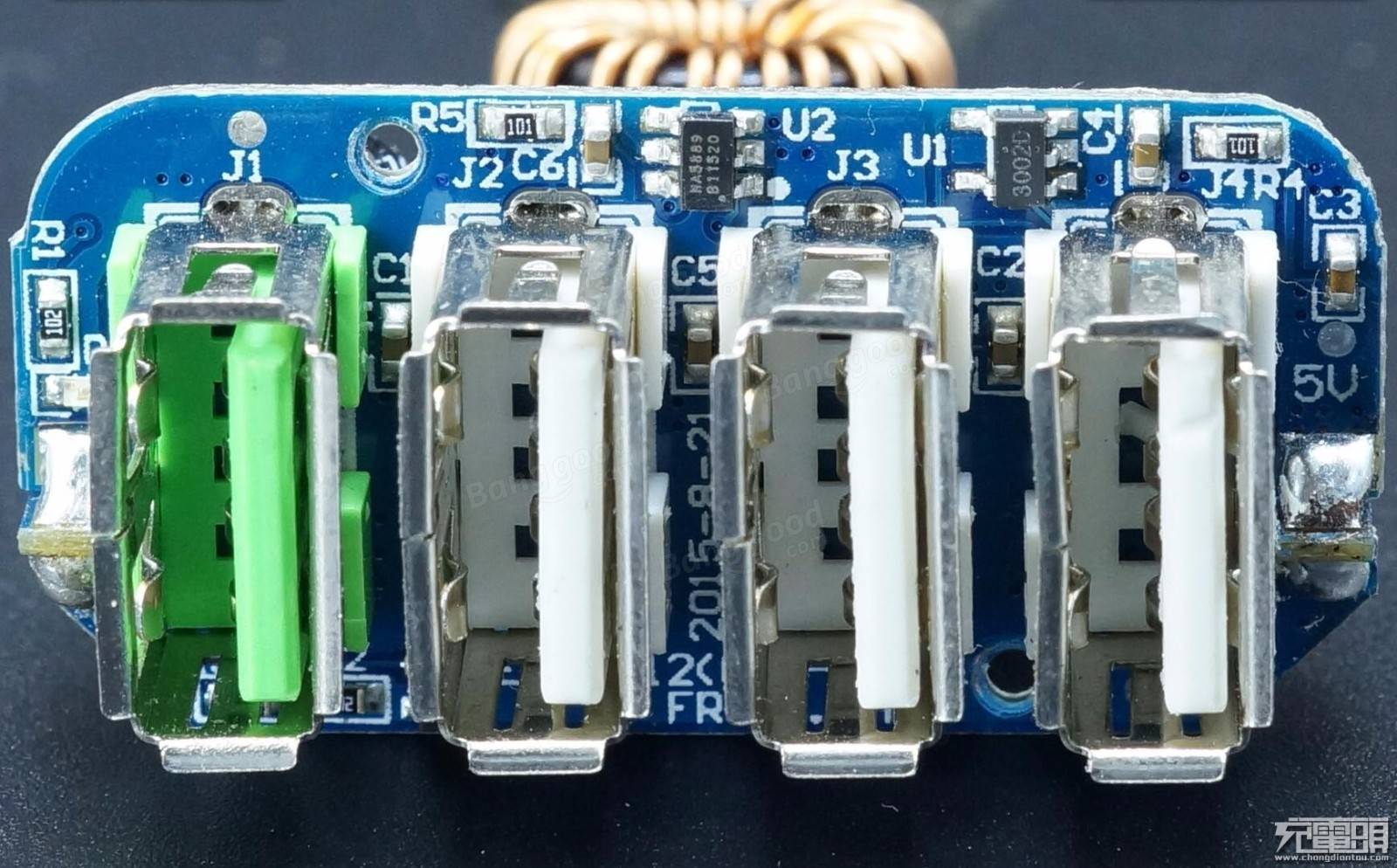

- #PHONE USB TO COMPUTER QUALCOMM HS USB QDLOADER 9008 COM4 INSTALL#
- #PHONE USB TO COMPUTER QUALCOMM HS USB QDLOADER 9008 COM4 DRIVERS#
- #PHONE USB TO COMPUTER QUALCOMM HS USB QDLOADER 9008 COM4 DRIVER#
- #PHONE USB TO COMPUTER QUALCOMM HS USB QDLOADER 9008 COM4 PC#
- #PHONE USB TO COMPUTER QUALCOMM HS USB QDLOADER 9008 COM4 DOWNLOAD#
Welcome to the old Qualcomm HS-USB QDLoader 9008 mode.
Once complete, disconnect the phone from Computer and remove the battery. Now click “ Apply” and be patient for the process to complete. Select Primary Partition and choose ext4 file system. Unfortunately, if you’re unable to get the backup.img file from anyone, you will need to force your device to enter the old Qualcomm HS-USB QDLoader 9008 mode. Once on the next page, select everything, then click Start. Select Qualcomm MMC Storage USB Device and click Continue. Now, select backup.img and click Continue. Once the process is complete, launch the HDD Raw Copy Tool. Delete all 29 partitions and click Apply. Now launch the MiniTool Partition Wizard and you should see a drive with about 29 partitions. Connect the Qualcomm device to the computer via a USB cable and do not disconnect from here. Copy the backup.img file to your computer. #PHONE USB TO COMPUTER QUALCOMM HS USB QDLOADER 9008 COM4 DOWNLOAD#
Download MiniTool Partition Wizard and HDD Raw Copy Tool. The size of the backup.img is around 16 GB, but if compressed, it would be about 2 GB. While the sdcard is in the phone, run the following commands via adbĭd if=/dev/block/mmcblk0 of=/storage/sdcard1/backup.img bs=512 count=30535646. If a custom recovery is installed, use it to wipe the data, cache, and internal storage. Do a complete factory reset on the phone. Get an external MicroSD card with an “exfat” system file, and the size of this SD card should be larger than 16 GB, which is the size of the whole partition. To get such image, you or your friend needs to do the following: You need someone who has the same phone as you to backup and upload their device’s complete eMMC image for you. If your device is in this mode, the unbricking process and the steps are a whole lot easier. Step Four: Unbricking your Qualcomm device.įor devices in the NEW “Qualcomm HS-USB QDLoader 9008” MODE This will help you proceed to the unbricking process below. If you are reading this, you need to have followed the procedure above to discover the exact cause of your device’s brick and the brick mode it is in, whether it is in the OLD “9008” or NEW “9008” mode. 
In Device Manager only “ Qualcomm HS-USB QDLoader 9008” will be listed in PORTS (COM & LPT) or “ QHUSB_BULK” in Other devices, but no “ Qualcomm MMC Storage USB Device” in Disk drives. The phone charging indicator would not light if you connect your mobile to Computer.However, if your mobile device’s Qualcomm partition is messed up while playing around with NON-HLOS.bin, emmc_appsboot.mbn, sbl1.mbn, hyp.mbn, tz.mbn, rpm.mbn, or by other means, messed up the whole Qualcomm eMMC partition, your device will most likely go into the OLD “Qualcomm HS-USB QDLoader 9008” mode. If Device Manager is launched, you’ll see “ Qualcomm HS-USB QDLoader 9008” under PORTS (COM & LPT) or “ QHUSB_BULK” under Other devices, and “ Qualcomm MMC Storage USB Device” under Disk drives.
#PHONE USB TO COMPUTER QUALCOMM HS USB QDLOADER 9008 COM4 PC#
Your phone will vibrate endlessly, and this vibration will end only if you disconnect the phone from your PC and remove the battery. The LED charging indicator near the phone speaker will display red. If you were just messing with the system image, boot image, system’s framework or other things that do not relate to Qualcomm’s core files (modem-NON-HLOS.bin, aboot-emmc_appsboot.mbn, sbl1, hyp, tz, rpm partition, for example, installing sound patch, etc., your device will enter the new 9008 mode, which is a combination of the old “ Qualcomm HS-USB Diagnostics 9006” and “ Qualcomm HS-USB QDLoader 9008”. Step Three: Possible Cause of Brick (brick type) #PHONE USB TO COMPUTER QUALCOMM HS USB QDLOADER 9008 COM4 DRIVER#
It should now be detected as “ Qualcomm HS-USB QDLoader 9008” and the driver version 2.0.8.7 (you can check in “Device Manager”).
Now connect your phone to the computer. #PHONE USB TO COMPUTER QUALCOMM HS USB QDLOADER 9008 COM4 INSTALL#
Download QualcommDrv.zip, extract it to an empty folder, then open the folder according to your Windows type (圆4 or x86) and double click dpinst64.exe or dpinst32.exe (depending on your Windows installation) to install the Qualcomm driver. Reboot your computer, and it should now boot into test mode as shown in the screenshot below. Now, run Command Prompt as Administrator and issue the following commands, followed by the Enter button.īcdedit -set loadoptions DISABLE_INTEGRITY_CHECKS bcdedit -set TESTSIGNING ON. Alternatively, you can use REVOUninstaller to uninstall all driver related software, then use Device Remover to remove all device drivers. Uninstall from Device Manager first, then Program Manager. #PHONE USB TO COMPUTER QUALCOMM HS USB QDLOADER 9008 COM4 DRIVERS#
Uninstall all mobile-related drivers, as well as any Qualcomm drivers (if any).Disconnect your PC’s internet connections and unplug your mobile device from the computer.






 0 kommentar(er)
0 kommentar(er)
